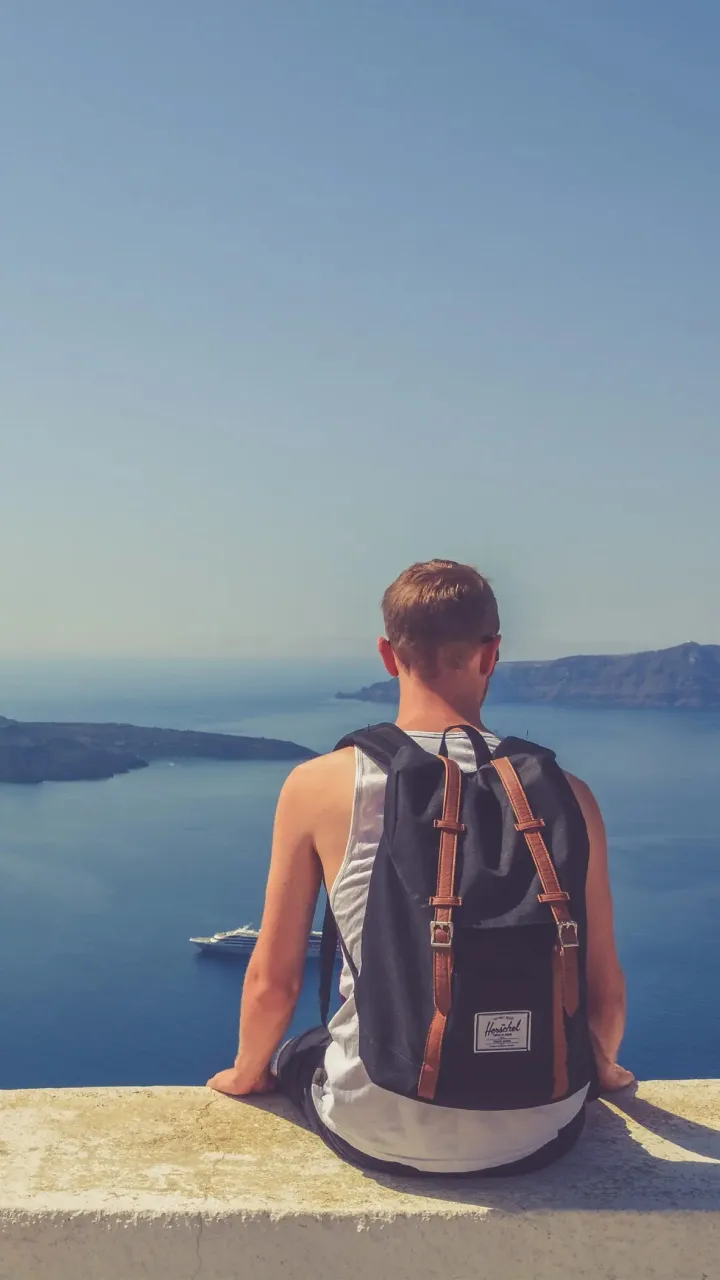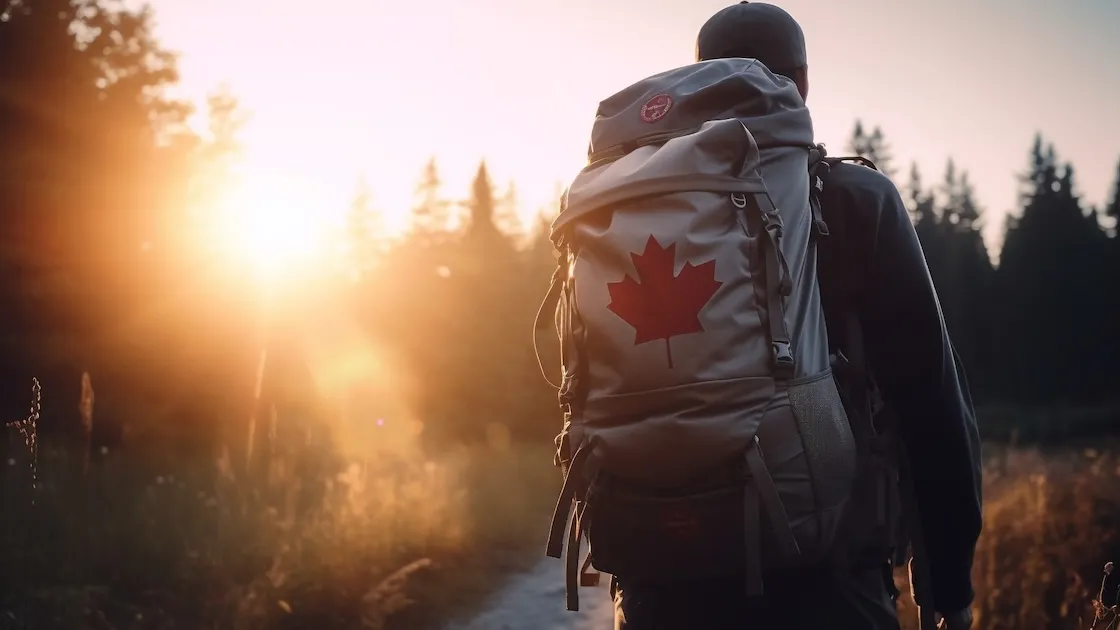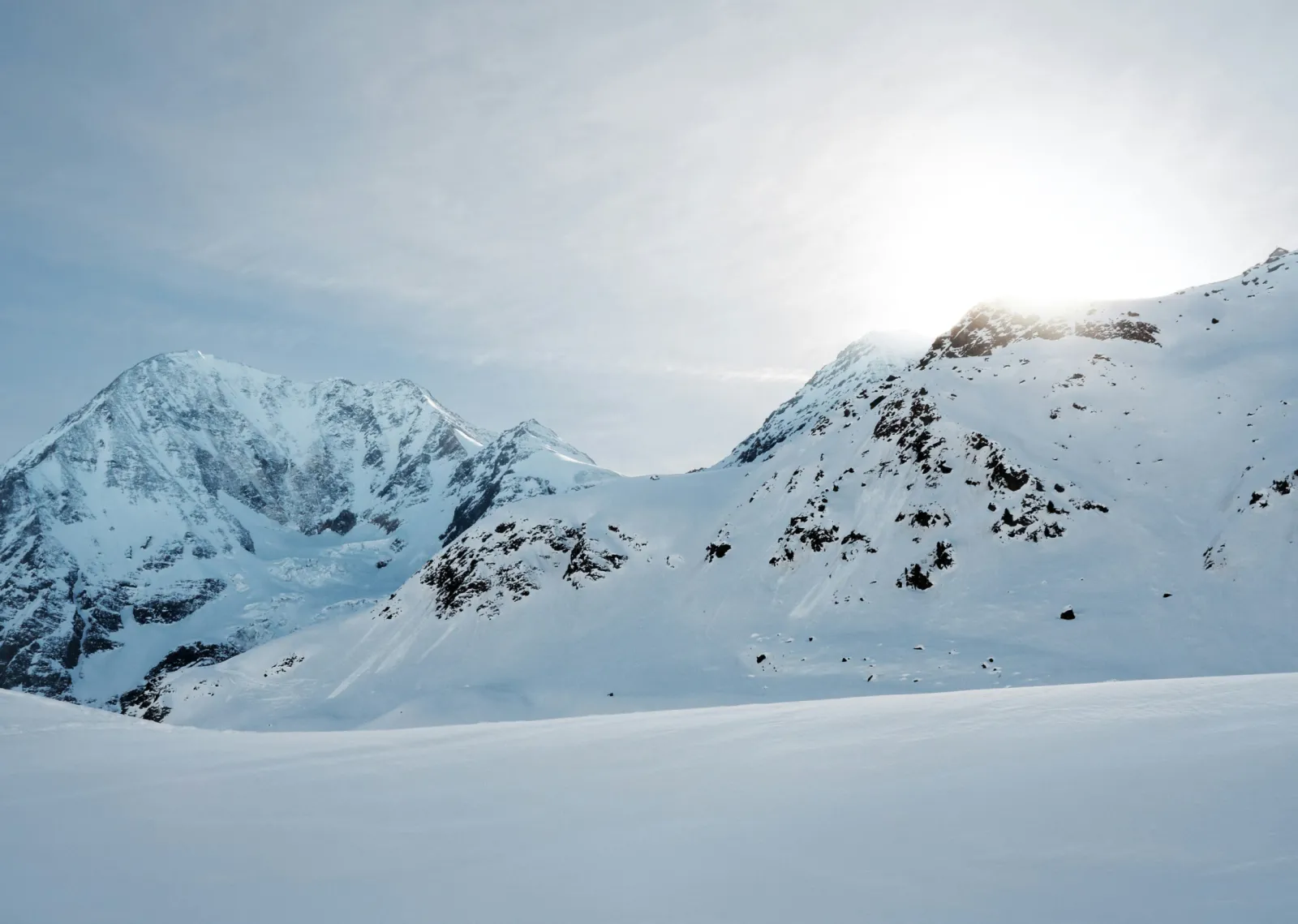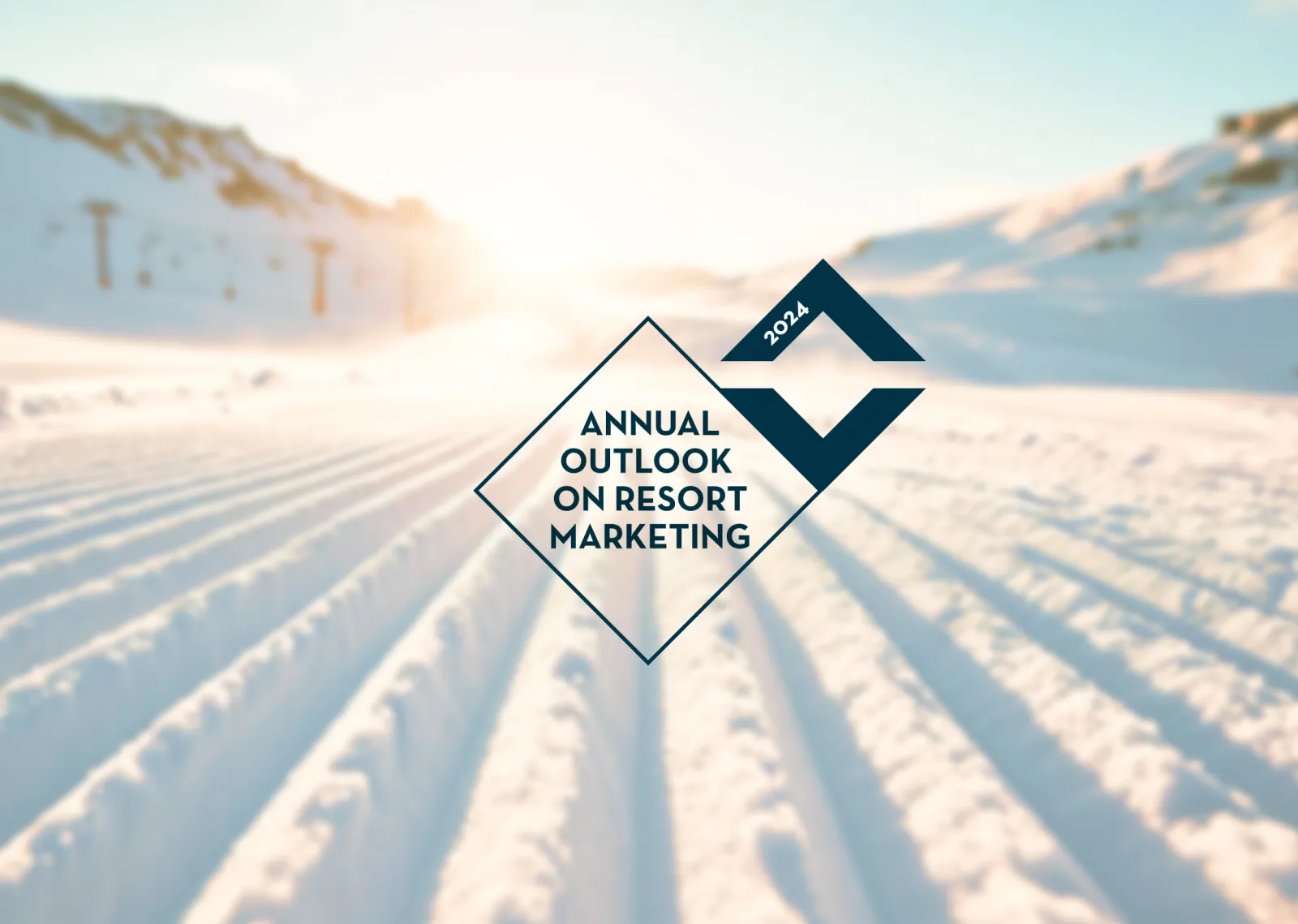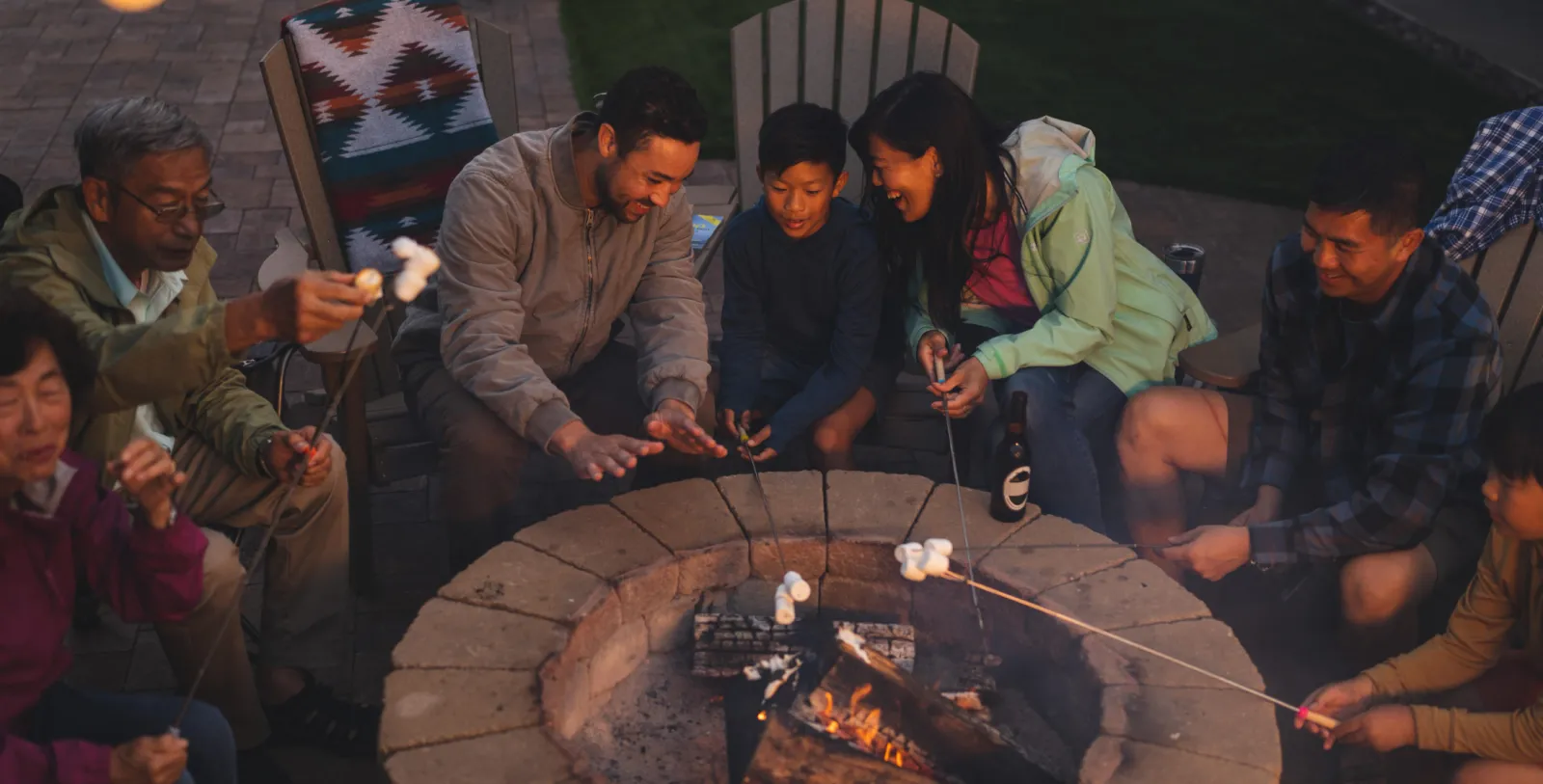How Place Experience (PX) impacts destination brands
More than ever, control over brands has shifted from marketers to consumers. At the same time, tourism destinations are facing a new range of challenges associated with growth and evolving industry trends. In this new landscape, place marketers need to go above and beyond their traditional capacity, and take an active role in defining and delivering a positive destination experience to ensure the best interests of the brand in the long term.
Customer Experience is Changing Expectations
The marketing industry is abuzz with discussion and articles about Customer Experience (CX) and the impact it has on brands, and rightly so. Today’s consumers are demanding simplicity, instant gratification, and immediate resolution to the slightest inkling of something they don’t deem satisfactory. And as much as we might like to, you can’t blame them - they’ve been trained to act this way. The frustrating experience of hailing a cab has been replaced by a button click that delivers a ride within 5 minutes. Restocking supplies of diapers and dish-soap is as simple as issuing commands to artificially intelligent personal assistants. Customer service issues are often resolved faster over social media than they are by phone.
More than ever, customers equate brands with the experiences they have with them, and sharing those experiences is simpler than ever. All the careful positioning and message-crafting we do as brand marketers can be just as easily reinforced by a praiseful instagram post as it can be instantly undone by a frustrated tweet. One bad experience with a brand can be all it takes to not only lose a customer, but to taint that brand’s perception among all their friends and followers.
For destination marketers, this new state of affairs can be daunting. Our job descriptions have historically revolved around strategically crafting brand platforms and developing integrated marketing campaigns to deliver the perfect image of our destination. Now, all it takes to undo our hard work is one visitor to feel underwhelmed by the scenery, one driver to get frustrated by the lack of parking, or one guest to find the accommodations not up to par. If the experience doesn’t perfectly align with the carefully crafted brand we put out there, it doesn’t take long for the digital world to hear about it.
Over-tourism, Gentrification and other Cultural Factors Impacting Destinations
Beyond ever-growing customer expectations, many destinations are grappling with other factors that pose a risk to the guest experience, and consequently the destination brand reputation.
Over-tourism is fast turning into the destination buzzword of 2017. Tourism hot spots world-wide are facing challenges associated with increased crowding as the number of global tourists continues to grow at a rate that is forcing many destination to question sustainability (the UN World Tourism Organization predicts there will be a staggering 1.4 billion international tourists by 2020). International destinations like Barcelona, Venice and Iceland are making headlines as tourism officials try to quell the backlash from local residents, including anti-tourism riots and protests, but DMO’s worldwide from Hawaii to Albania are becoming more selective about how and who they market to.
Meanwhile, other destinations are seeing their product and guest experience impacted by unintended results of tourism. America’s great music cities of Nashville, New Orleans and Austin have built their destination brands around the music culture and heritage that is largely a result of dedicated local musicians and businesses attracted over the years by the music scene. Tourists from all over the world visit these cities to experience this unique music culture, but as they do so a new tourism-fed form of gentrification is attracting big business over local mom and pop venues, driving up rents and making it unaffordable for the struggling musicians who are central to the cultural experience tourists come for.
Similar trends have been affecting mountain resort towns for decades. Local residents who not only staff the lifts, hotels and restaurants, but who in many cases are the godfathers and guardians of authentic ski-culture, are being driven out by skyrocketing home prices, AirBnB rentals, and corporate influx. What this means for resort towns like Jackson, Crested Butte and Whistler remains to be seen, but you can be sure it’s on the radar of town leadership and DMO’s, both from perspectives of liveability but also resort product, brand and guest experience. What happens when there’s no cowboys left in Jackson or Steamboat? No pro skiers left in Whistler or Lake Tahoe? How does that impact the desirability of those destinations to visiting skiers?
Place Experience
We call the combined range of experiences that a person has with a destination the Place Experience. It’s a similar concept to customer experience, or guest experience, but we prefer the word place because it speaks to the wide range of stakeholders that experience a destination. From visitors to residents to business owners, everyone of these stakeholders experiences a destination from a different perspective, and they all have potential to impact the public perception of a place. An angry resident can be just as dangerous as an unsatisfied visitor - just ask Barcelona, where locals frustrated with crowds have taken to protesting and attacking tourists. The damage to Barcelona’s brand is obvious.
The Place Experience of a destination is usually driven by a combination of factors that we define loosely as:
-
Geography and environment - the location, natural resources and scenery of a place
-
Product and infrastructure - the defined attributes and marketable product
-
Culture and heritage - the history, backstory and unique cultural aspects of a place
-
Residents and guests - the types of people who chose to live in and visit a place
Most destinations have historically built their brand around one or more of these elements. For Nashville, Austin and New Orleans, the experience is driven by the cities’ music culture and heritage combined with musically-driven residents and an infrastructure of recording studios, bars and music venues. For the Grand Canyon and Yellowstone National Park, the geography and natural environment are key drivers of the destination experience.
But as we’ve seen, even the most carefully developed brands are prone to forces that can negatively impact the Place Experience. Increasing crowds in Yellowstone are suffocating the park’s infrastructure and garnering negative coverage on social and mainstream media. The park’s brand reputation is at serious risk because the Place Experience isn’t aligning with visitors’ brand perceptions. Similar occurrences are taking place worldwide, from Barcelona and Venice to Whistler and Jackson.
The New Role of DMOs in Defining and Delivering the Place Experience
How can DMO’s manage these risks to their Place Experience? We’ve developed a simple framework to look at Place Experience through, consisting of 2 unique phases: first defining, and second delivering.
Phase 1. Defining the Vision
As is often the case, defining starts with bringing together diverse groups of stakeholders to agree on a common vision. For many destinations the Place Experience is implicitly understood by most who contribute to it, but there tends to be a degree of elasticity in that definition based on each person’s own perspective and priorities. Explicitly defining the experience and garnering stakeholder consensus ensures that elasticity isn’t providing room for an inconsistent place experience, or the ultimate marketing sin of trying to be everything to everyone.
By defining a shared vision for the place experience - including goals, ideal guest, core identity and reason for being, and signature experiences - DMOs and other stakeholders can set the stage for the next phase of the process; delivering on that experience.
Phase 2. Deliver the Place Experience through Management and Marketing
A vision for a place experience is only as good as a destination’s ability to deliver the experience. As we’ve touched on, it doesn’t take long for a lack of alignment between promised experience and actual experience to poison the well of brand reputation.
Historically, DMOs are familiar with the marketing side of delivering the place experience - or how we outwardly communicate the experience to potential visitors through brand management, advertising, media relations and other elements of marketing and communication. It goes without saying that all these marketing efforts should be aligning with the vision for the place experience.
But the area that many destinations currently lack leadership in is the management side of delivering the experience. This role ensures that everything that contributes to the place experience (as we defined earlier in the article) is aligned with the vision, and that decisions with the potential to impact the place experience are considered against those criteria. What new product development opportunities should be invested in? Do AirBnB rentals need to be managed? Should WalMart, Starbucks or McDonalds be welcomed in the community? At what point do entries to a park need to be managed with a reservation system? How many people is too many people? These questions exemplify the types of decisions that destinations may face from a management perspective, and as you can imagine different stakeholder and interest groups will have different answers if they are not being based on the shared vision.
Who is best suited to play this role, and how, is a topic worthy of its own dedicated discussion, but many destination marketing experts are coming to the consensus that, for tourism-driven destinations, this experience management leadership role may be best served by a DMO.
This expands on the traditional role of these organizations dramatically, but many would argue that in this new age of marketing that role is outdated and the return DMOs are able to generate from traditional marketing is dwindling.
If you are in the outdoor sports or tourism industry and need innovative creative services or digital marketing help, please contact us. Our experts here at Origin Outside can help improve your marketing efforts locally and/or globally.
Visit https://www.originoutside.com/newsletter to subscribe to our monthly newsletter, “Insights on The Outdoors.”

